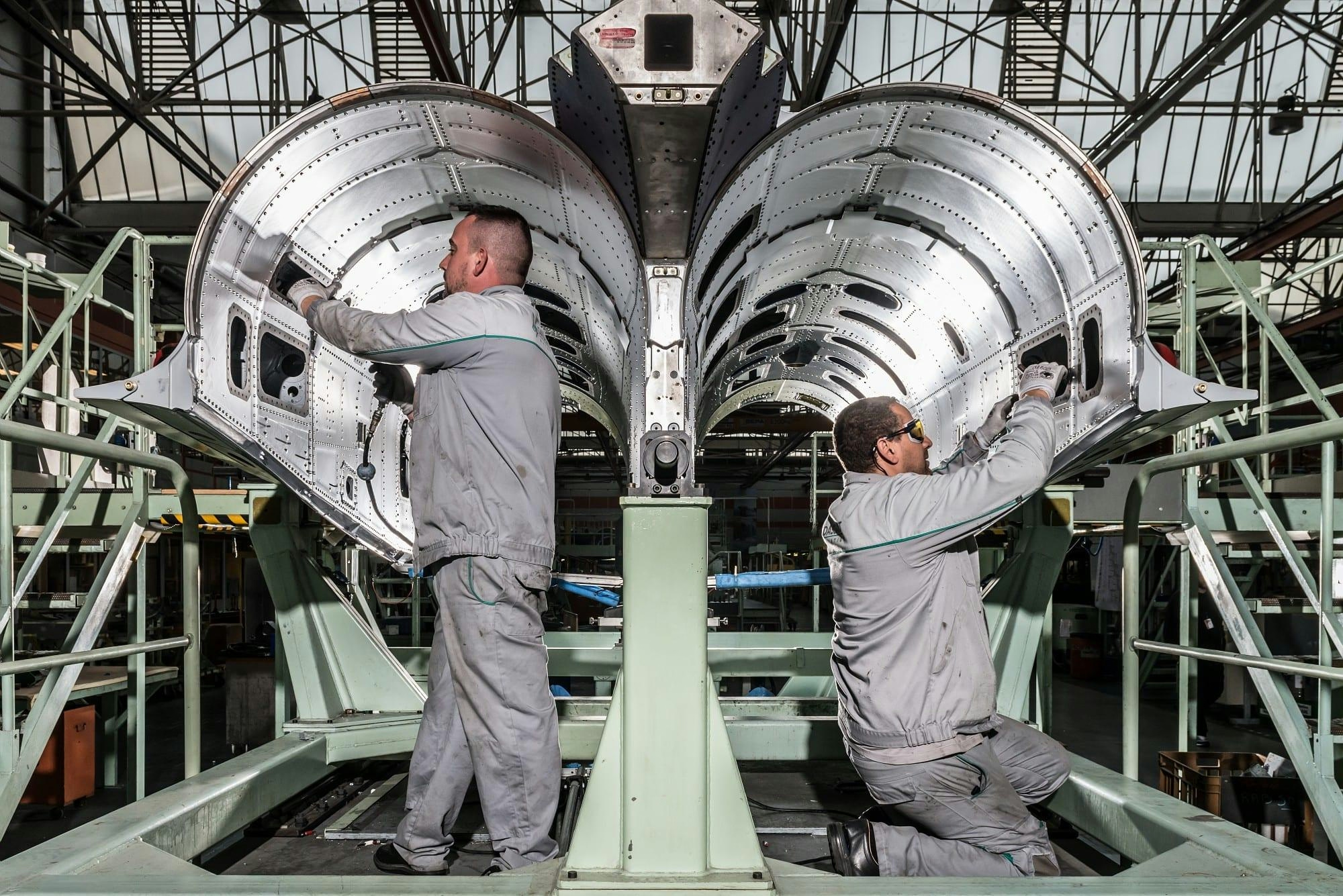
AeroGenie — 您的智能副驾驶。
热门趋势
Categories
Airlines Shift From Widebody to Narrowbody Aircraft on Long-Haul Routes
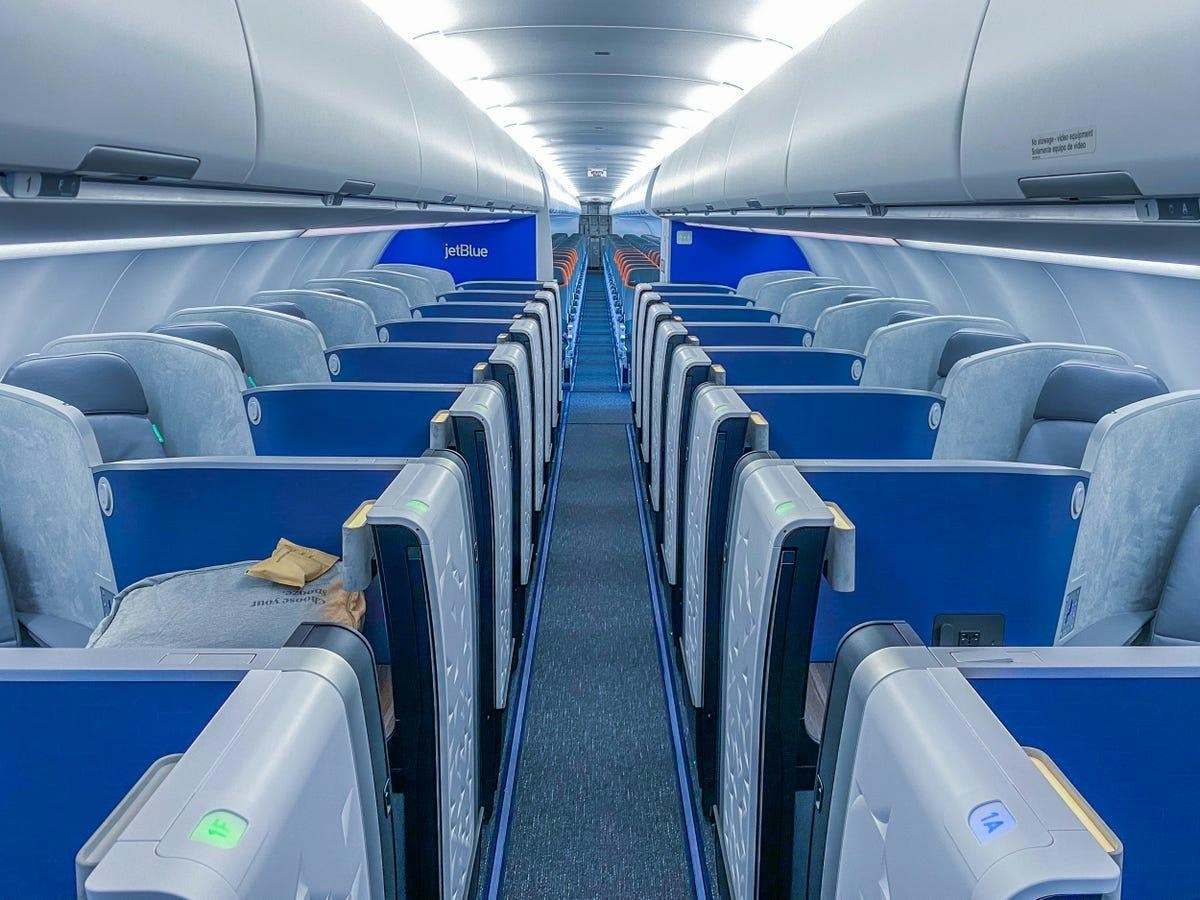
Airlines Shift From Widebody to Narrowbody Aircraft on Long-Haul Routes
Changing Dynamics in Long-Haul Air Travel
Airlines around the world are increasingly deploying narrowbody, single-aisle twinjets on long-haul routes, signaling a notable transformation in post-pandemic aviation strategy. As global travel demand recovers and diversifies, carriers are responding to passengers’ preferences for a broader range of destinations alongside enhanced onboard comfort. This trend is particularly pronounced on “long and thin” routes—transcontinental or transoceanic city pairs characterized by moderate passenger volumes—where long-range narrowbody aircraft present a practical and cost-effective solution.
Historically, these routes were dominated by widebody aircraft such as the Boeing 747 and Airbus A380. However, the downturn caused by the COVID-19 pandemic compelled airlines to prioritize operational flexibility and efficiency, accelerating the retirement of four-engine “quadjets” in favor of more economical twin-engine models. While modern widebodies like the Boeing 787 and Airbus A350 continue to offer significant cost advantages, many carriers are increasingly turning to long-range narrowbodies to further reduce operating expenses and enable more frequent service on routes with lower demand.
The Rise of Long-Range Narrowbodies
The Boeing 757 once served as the backbone of this market segment, but as the fleet ages and operators such as Delta Air Lines phase it out, newer aircraft have emerged to fill the gap. The Airbus A321LR and its extended-range variant, the A321XLR, have rapidly gained prominence as the only contemporary models capable of bridging the distance with high efficiency. These aircraft provide intercontinental range and operational flexibility, appealing to both full-service and low-cost carriers. TAP Air Portugal, for instance, has successfully introduced the A321LR on routes formerly operated by the larger A330neo, illustrating the narrowbodies’ versatility and cost-effectiveness.
Despite these advantages, the shift to narrowbodies on long-haul flights presents challenges. Airlines must carefully balance the efficiency benefits against passenger comfort, as cabin space and amenities are inherently more limited compared to widebody aircraft, particularly on extended journeys. Managing evolving demand patterns and controlling operational costs remain critical concerns. The competitive landscape among manufacturers is intensifying, with Airbus and Boeing vying to supply the next generation of long-haul narrowbodies. The Airbus A320 family, now the world’s best-selling commercial aircraft series after surpassing the Boeing 737, exemplifies the growing market appetite for versatile single-aisle jets.
Diverse Strategies Across Airlines and Regions
Airline strategies in adopting long-range narrowbodies vary significantly. Carriers such as American Airlines are actively embracing this market segment to expand their networks and enhance efficiency. Conversely, airlines like Malaysia Airlines continue to plan for the replacement of their long-haul widebody fleets, while carriers in regions such as the Middle East maintain a preference for widebodies, supported by sustained high passenger demand.
As the aviation industry adapts to these shifting dynamics, the increasing use of long-range narrowbodies is reshaping global route networks. This evolution presents both new opportunities and challenges as airlines strive to balance profitability with passenger satisfaction in an increasingly competitive environment.
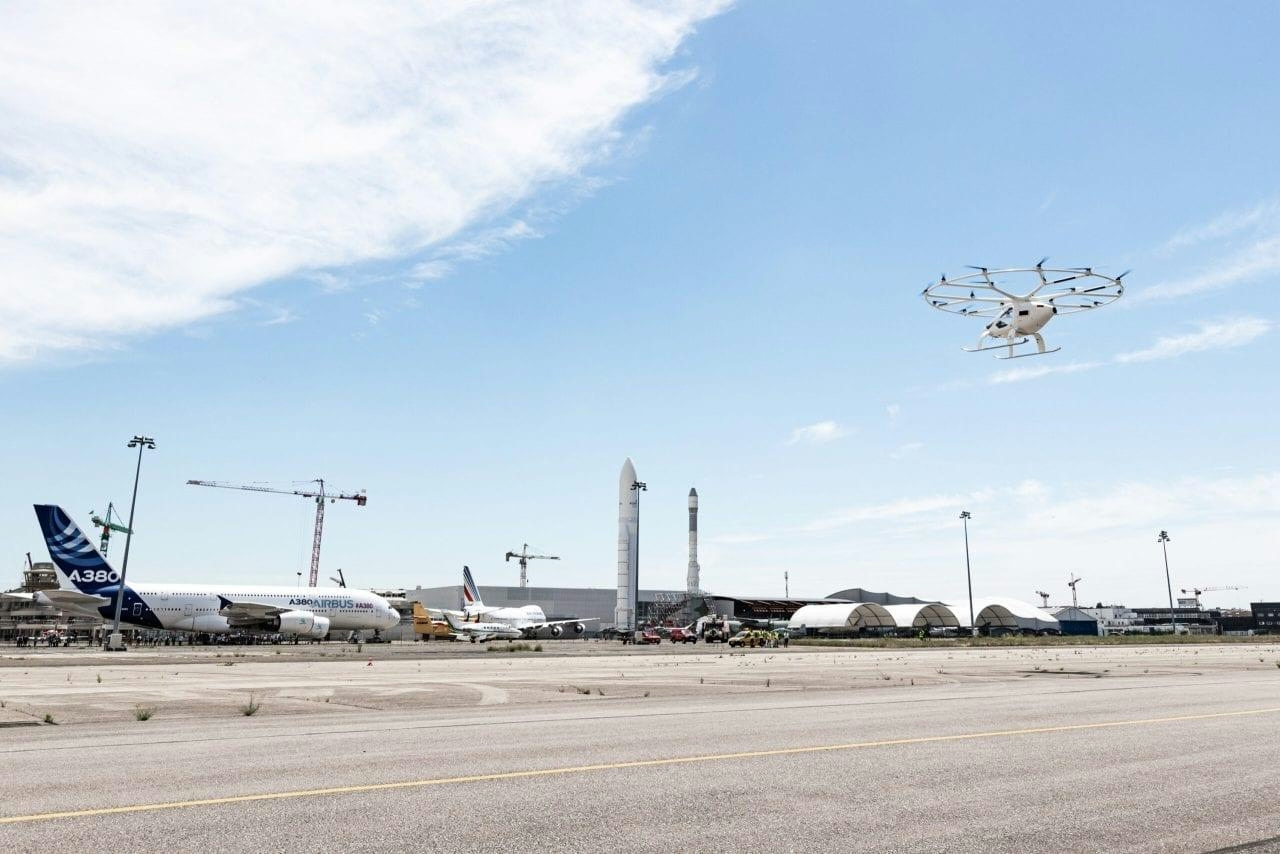
Volocopter to Launch First European eVTOL Sandbox Program in 2026

Joby Reveals Locations for New Vertiports

Ariyax Capital Launches AXPT Initiative
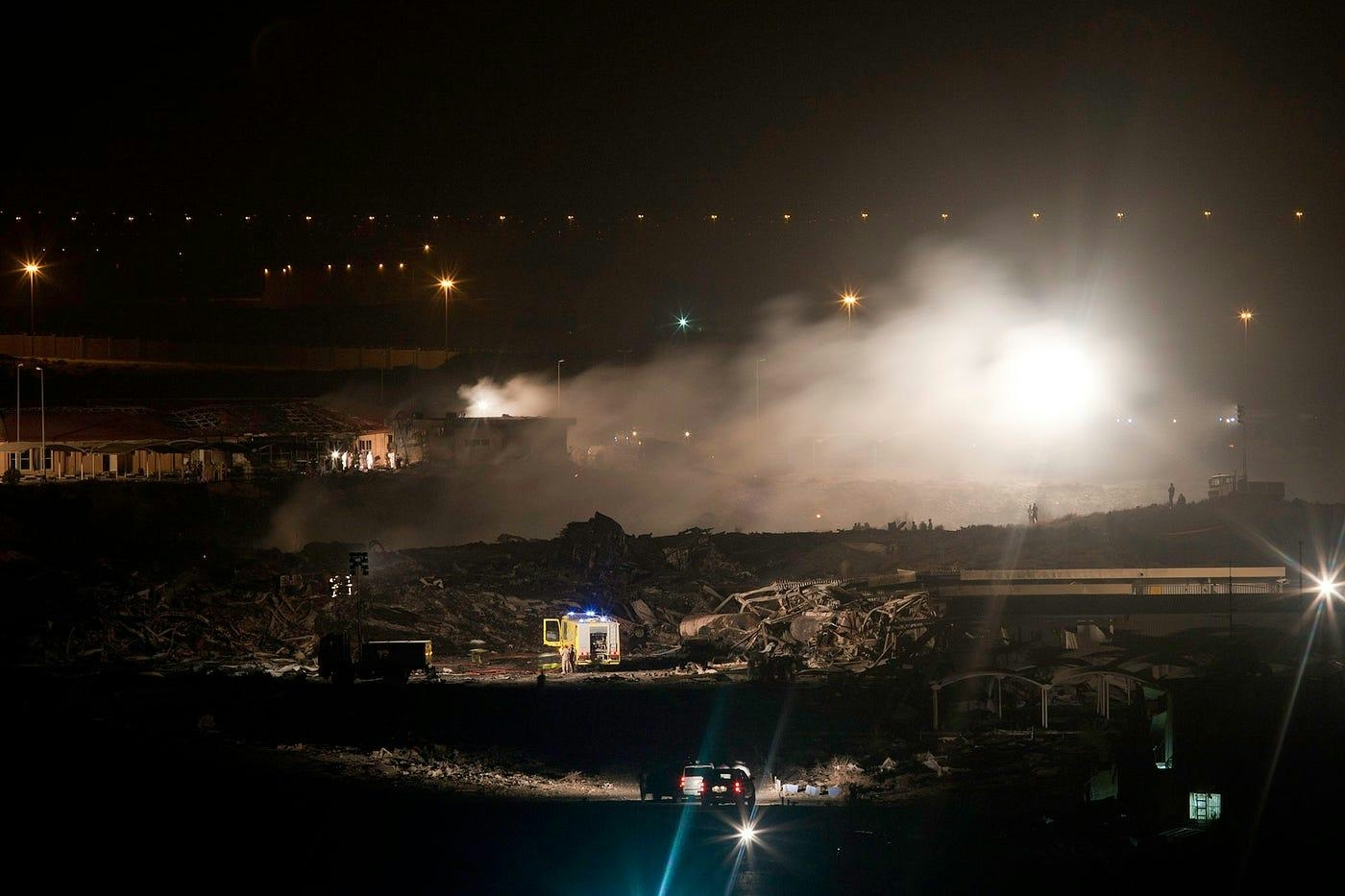
Report: 747 Engine at Full Throttle During Fatal Hong Kong Runway Excursion

Joramco Signs New Agreements with Emirates and SalamAir at Dubai Airshow

easyJet Highlights Reliability Improvements Ahead of PAM Dublin 2025

PAL, Citi, and UKEF Finalize Financing for Rolls-Royce Trent XWB-97 Engine
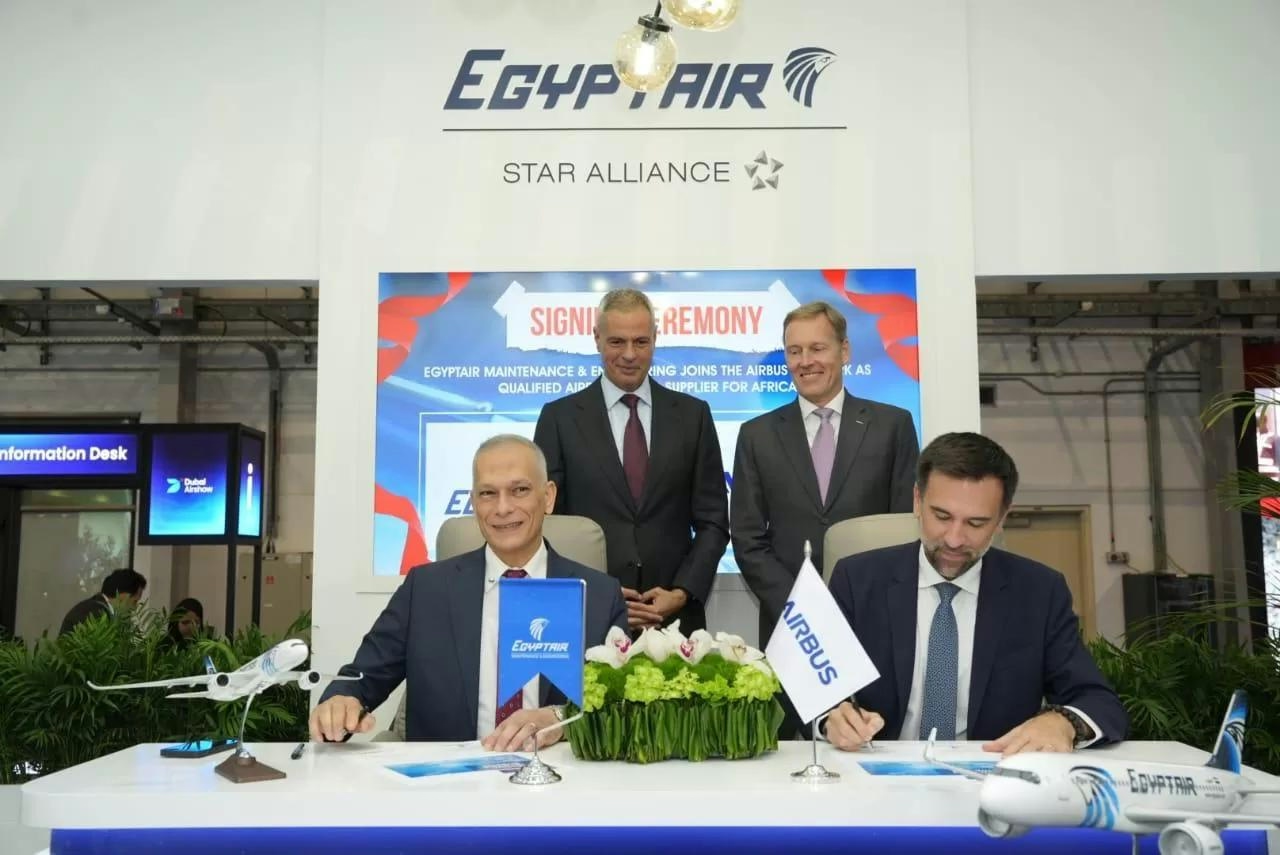
EgyptAir Obtains Airbus Certification for Structural Maintenance
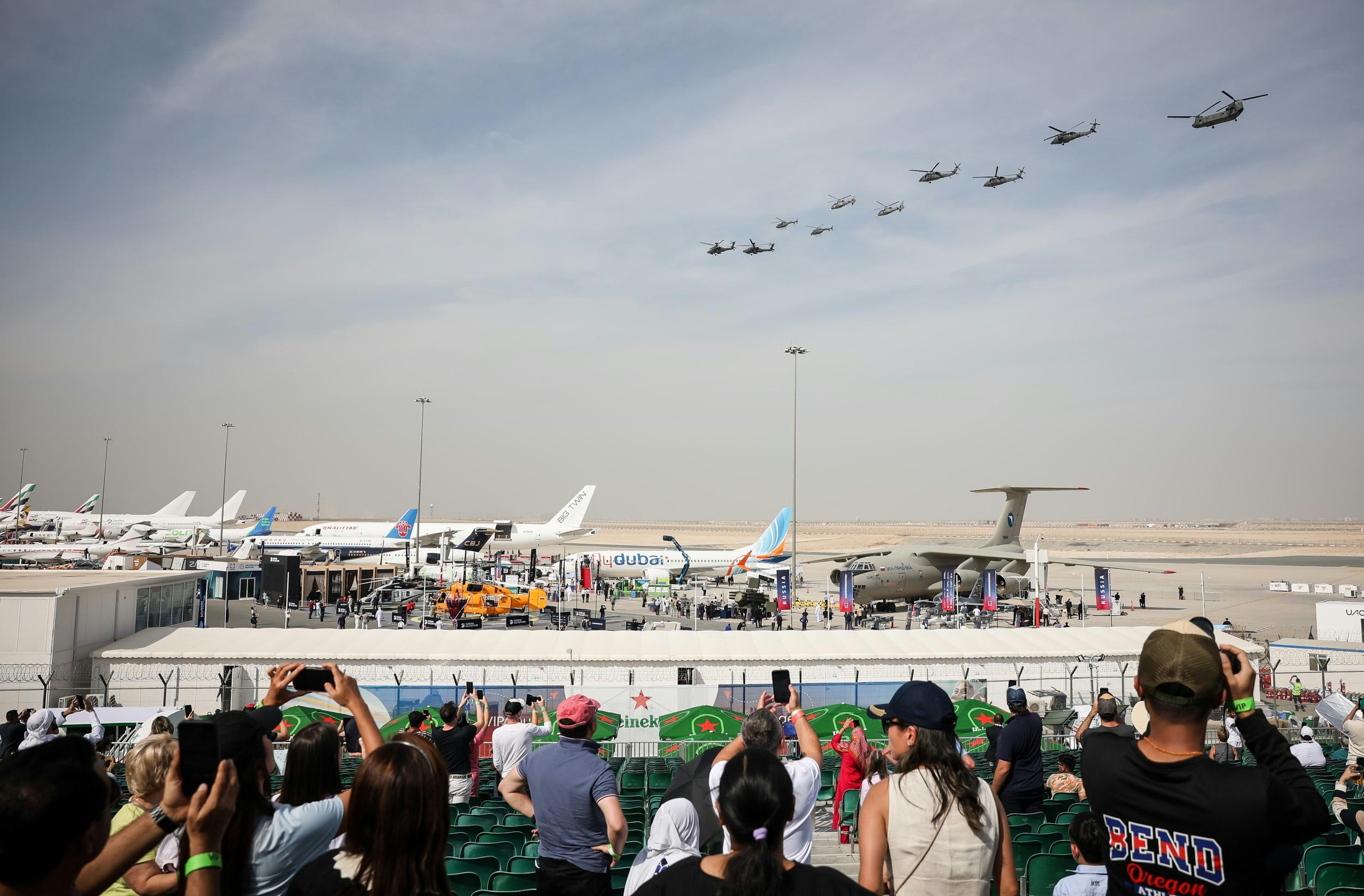
Dubai Airshow 2025: Highlights from Day Two
